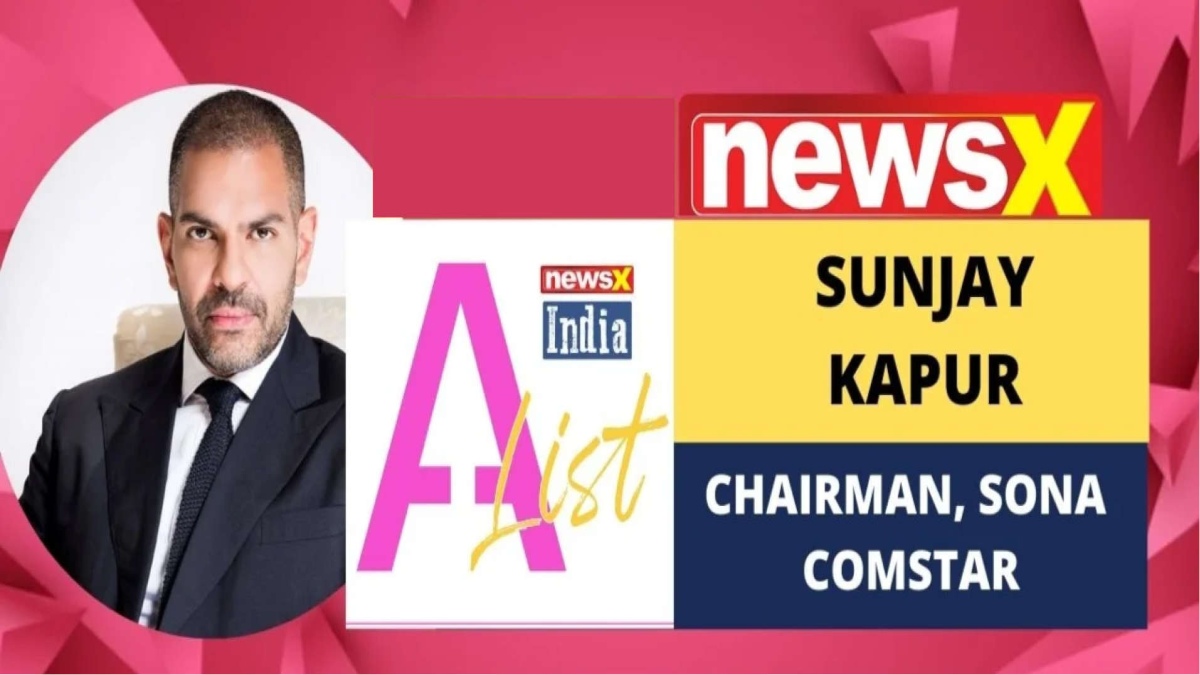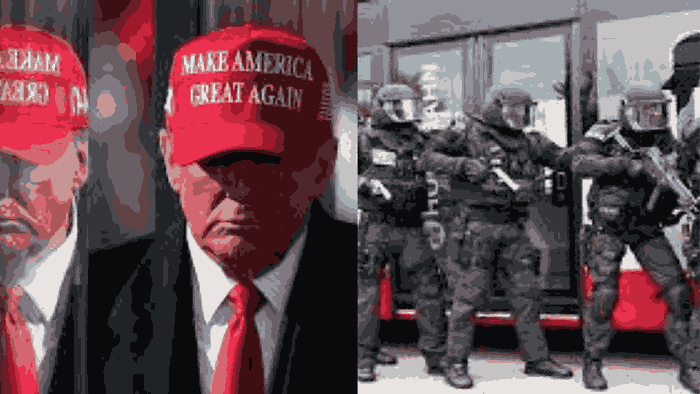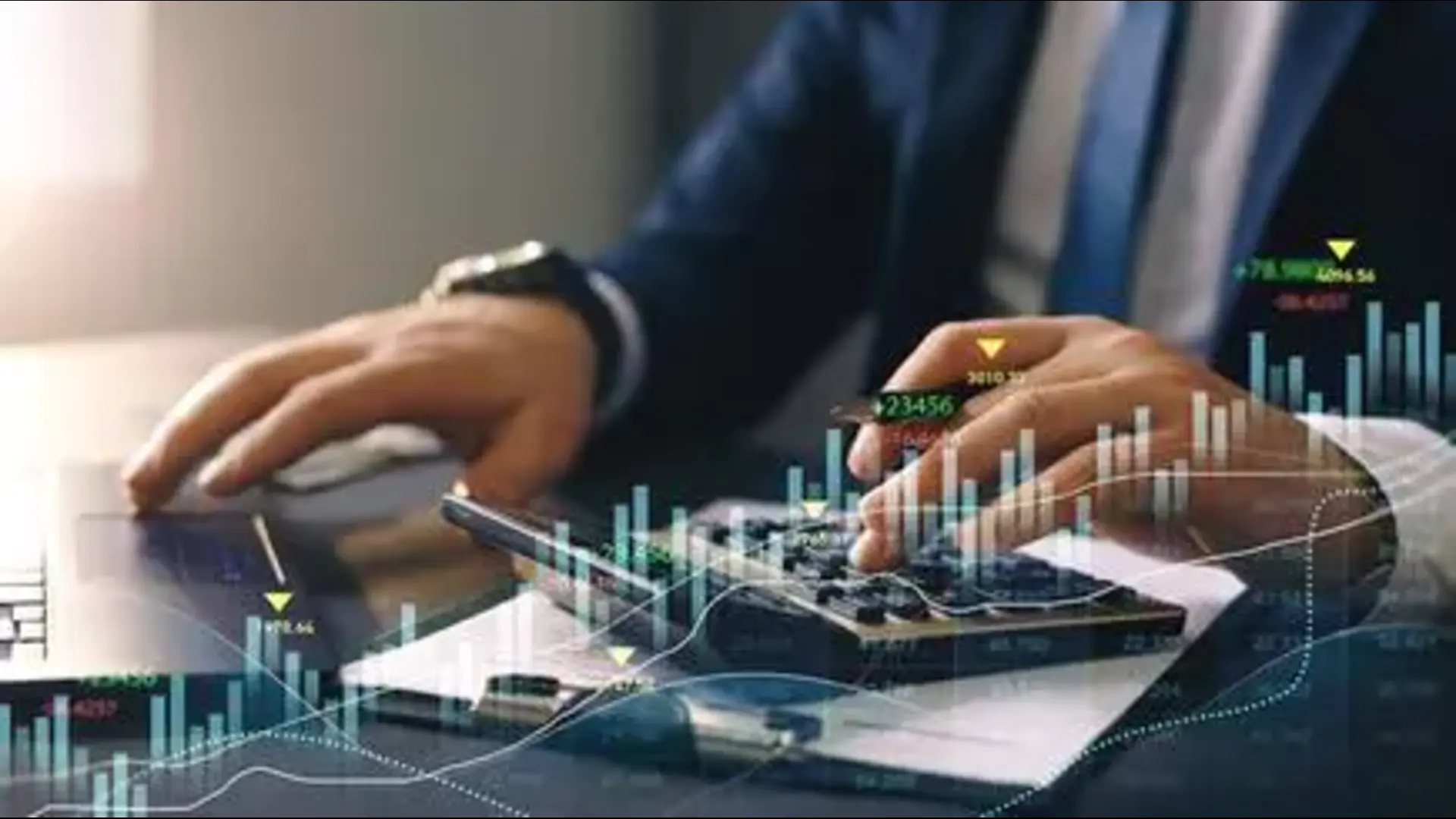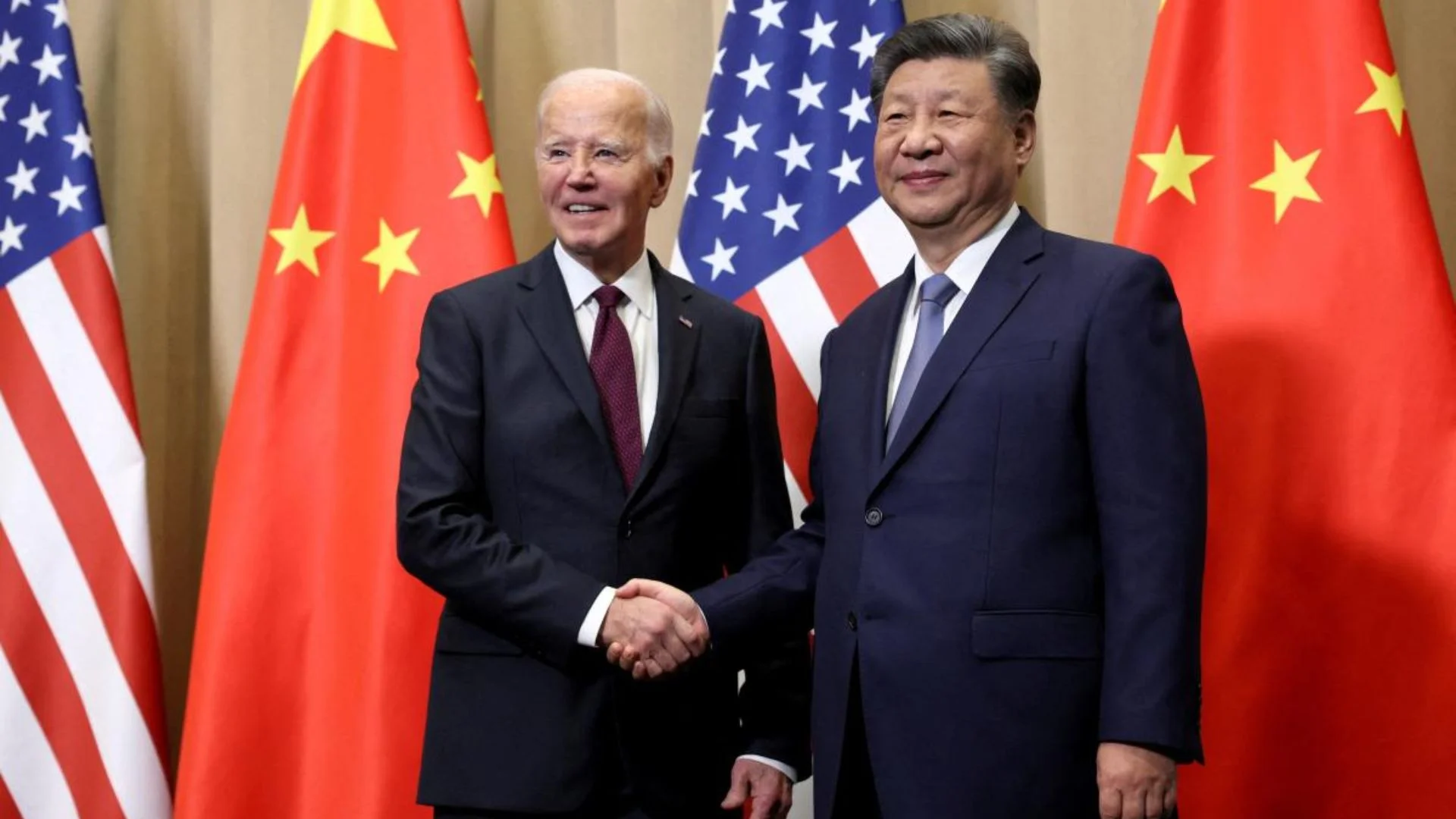
Sona Comstar chairperson Sunjay Kapur, in an exclusive conversation for the special segment NewsX India A-List, spoke about the company, the impact of the pandemic on the automobile industry and the emergence of electric vehicles in India.
Speaking about effects of the pandemic on his group, Kapur said, “People had written off any opportunities when we went into this, with March-April being zero revenue months. You prepare for a lot of different scenarios in terms of reduction in sales, however, nobody was prepared for zero revenue while we still incurred expenses. When we went into this, I don’t think anybody saw the kind of opportunities that would come along. The opportunities have been great, in terms of localisation, Aatmanirbhar Bharat, opportunities to move supply chains out of high-risk countries or situations.”
“As a business, we have seen a V-shaped recovery in the automobile industry, which has been phenomenal. Our business was 50% domestic and 50% export. Now, it has moved to 80% export, which again has given us great growth opportunities. The United States is one of our biggest markets today in terms of supply. We are not only supplying to the ICE but also to electric vehicles. We have also, in this pandemic, been able to develop new products. Our aim is to continuously develop products and see how we can increase market share. To that effect, we have gotten into the two-wheeler space, where we had never been before. Traditionally, we have been in farm equipment, all fiver vehicles, passenger vehicles, commercial vehicles, And we are doing electric two-wheelers. It has been a great opportunity for us and I see a lot of positivity which has come out of this pandemic,” said Kapur.
“Going into this pandemic, we made a lot of comparisons with the 2008-09 financial crisis and I am happy to say that we saw hardly any bankruptcies. Therefore, this gives me the belief that businesses are better run, better managed and more robust, and fewer companies are sitting on large debts, which is definitely a positive sign. It has been a good recovery,” he added.
Sharing his outlook for the auto sector ahead and whether the surge is the result of a pent up demand or whether it would sustain, Sunjay said, “There are four things that are driving demand. One, the pent up demand. Two, rural demand, which is very strong and you can see it in tractor sales going through the roof. Rural demand is helping the rest of the automobile industry as well. Three, festive demand, which just ended. Four, social distancing. More people are afraid to travel in public transport and prefer travelling by their own vehicles. We have seen that impact on small car sales as well as two-wheelers. I feel that this demand will sustain. We are now slowly seeing an increase in heavy commercial vehicles, which is again a good sign. Commercial vehicles are doing well because of e-commerce and all the deliveries happening. We have seen strong growth even in November, as compared to last year. Several companies will see higher sales. If they don’t match their sales from last year, they will see higher sales than what they saw this financial year.”
When asked about the scope for an electric vehicle sector, particularly in India, Sanjay explained, “There has to be an ecosystem built around EV. I definitely see electric vehicles increasing. In India, it may take a little longer and that doesn’t mean long-term. In the short term, we are going to see an increase in EV. In the West, we are seeing it already with the Paris Accord and the climate change requirements in Europe. By 2023, most countries will see a large population with electric vehicles. In India, we will see it begin in the two-wheeler space. Charging is easier in that space, but charging infrastructure needs to be built, battery management needs to be understood better and standards need to be created. The government is very keen to push electric vehicles and the industry is geared up to meet the requirement for EV.”
When asked for his views on opportunities for India in the manufacturing sector and the scope for turning around supply chains, especially with the anti-China narrative in the world now, Kapur responded, “This is a global opportunity and everybody is vying for this business, be it Vietnam, Thailand, Mexico or India. We are very well positioned to attract a lot of business. From a private sector perspective, we must invest in technology. You can have all the ease of doing business and great pricing, etc., but if we do not have the technology, business is not going to come. It is not as easy as it seems. People seem to think it is easy to move out of China but it is not. There is a lot of investment required, especially in technology.”
Pointing out electronics as a case, Sunjay added, “We have a large import content for electronics across the board, not just in automobile but in every industry. To localize electronics, it is going to require investments in technology. The government is working with 24 different sectors to create export champions, which is a great initiative. It is a great starting point, in terms of creating that manufacturing base in India. I think we are well positioned to do that. I feel we are going to work from the private sector in not just adopting technologies in Tier 1, but also in Tier 2 and Tier 3 of the supply chain as well. If we are able to do that, we would be able to attract more business, localise more and reduce our dependency on supply chains outside India. Today, in the auto components industry, we are a net importer. The aim is to become a net exporter. We can only get there by continuously deploying technology in the right space.”














